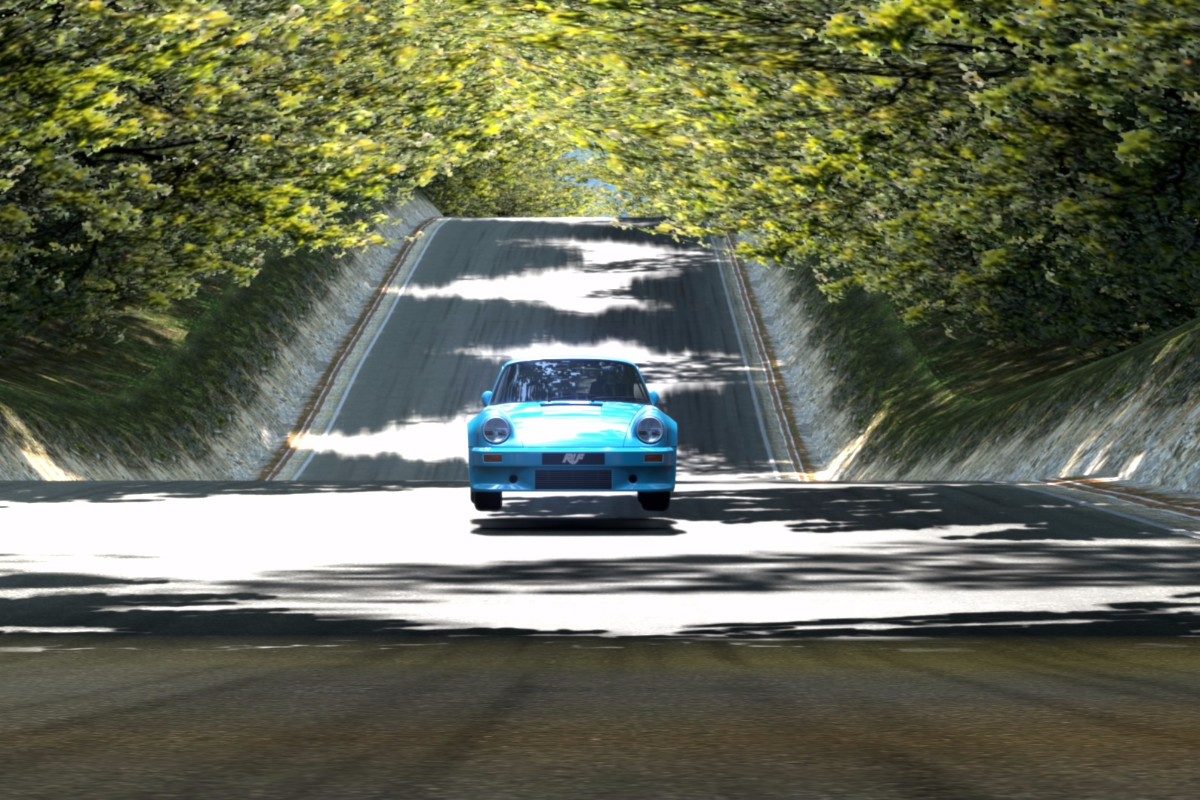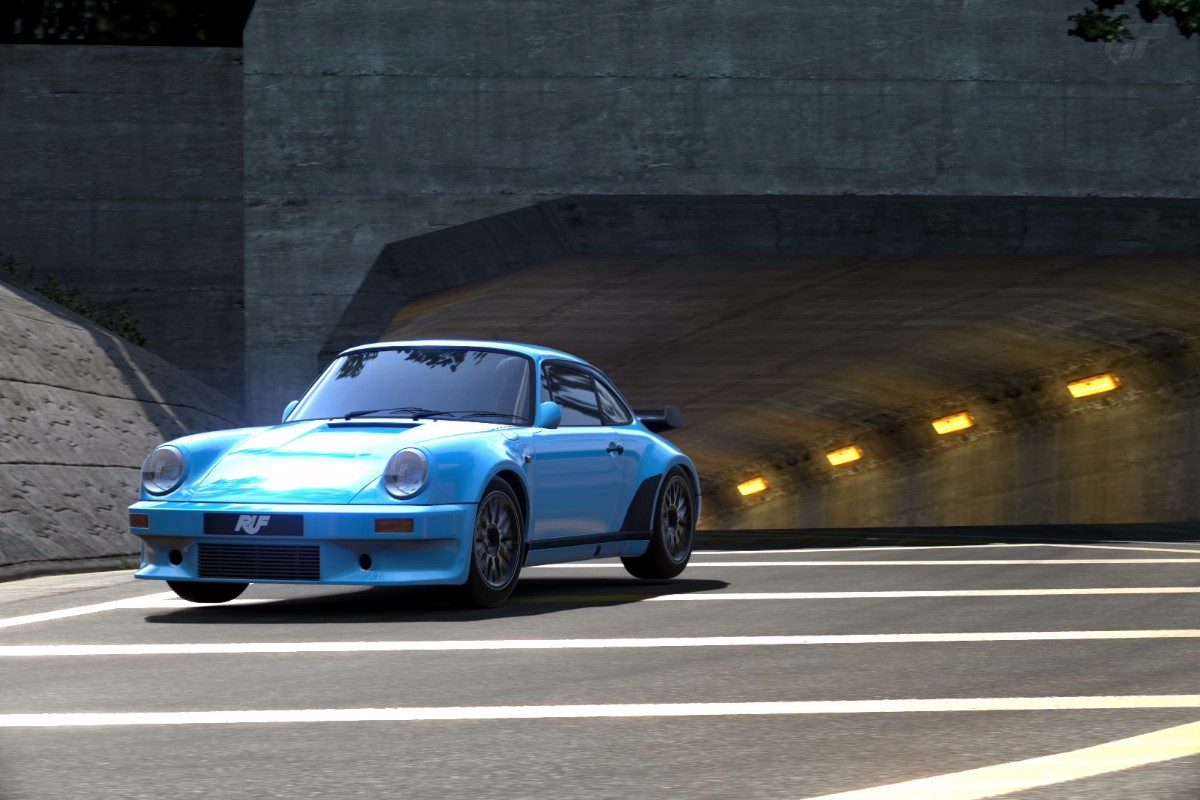I can post them here if you want
 3.1 CLUTCH
3.1 CLUTCH
Make: Porsche
Assembly : 997 116 930 90
Type: Multi plate & central
release
Friction Plates: 997 116 931 90 EML
Intermed. Plates: 997 116 137 90 EML
No. of Plates: Three friction
Pressure Plate: 997 116 131 90 EML
Basket: 997 116 932 90 EML
Actuation: Hydraulic
3.2 TRANSMISSION
Type: Manual Rear Wheel drive
Make: Porsche
Model: G97/60 with oil/water
heat exchanger
No. forward speeds: Six sequential
1 – 38/12 3.166:1 2 – 32/15 2.133:1 3 – 31/18 1.722:1
4 – 28/20 1.4:1 5 – 30/26 1.154:1 6 – 27/28 0.964:1
3.3 FINAL DRIVE
Diff. Make: Porsche
Lock Ratio: 60/40% 996 332 083 9C
Wheel drive method: Hypoid crownwheel and pinion
Ratios: 8/32 4.00/1 950 302 911 80
Comments: Oil cooler and pump fitted as standard
13.5 The ramp angle of the differential lock is 32 degrees ± 17’ (acceleration) and 45 degrees ± 17’
(deceleration). The ramp angles are determined relative to the rotary axis (Appendix 3). The
resulting locking ratio in combination with the friction discs is
40/60%. The minimum locking
torque of the differential is reached whenever the torque value is
80 Nm – measured at the
gearbox driveshaft output flange. Falling short of the minimum value is not permissible at any
time during the event. The maximum locking torque of the differential is reached whenever the
torque value is
180 Nm – measured at the gearbox driveshaft output flange. Exceeding the
maximum value is not permissible at any time during the event.
I used 3.7 final to avoid bouncing rev limiter on the main straight.

I always thought this is how Porches were supposed to look when hooning around on the open track..









 choices choices, got the car stable, but needs load of throttle control due to tight gears, I can make it into a 4 gear and aleveiate that some but loose speed on the short straights but the overall laps are more consistant and fairly close to the tighter gears....
choices choices, got the car stable, but needs load of throttle control due to tight gears, I can make it into a 4 gear and aleveiate that some but loose speed on the short straights but the overall laps are more consistant and fairly close to the tighter gears....